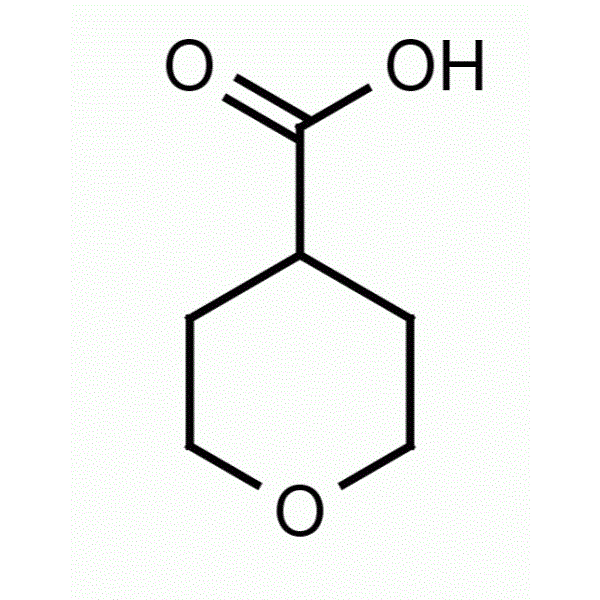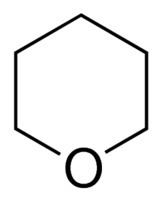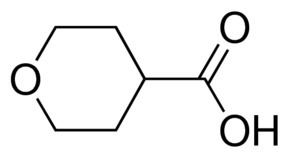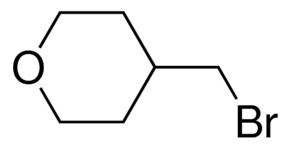Formula C5H10O Boiling point 88 °C Pubchem 8894 | Molar mass 86.13 g/mol Density 880 kg/m³ | |
 | ||
Tetrahydropyran (THP) is the organic compound consisting of a saturated six-membered ring containing five carbon atoms and one oxygen atom. It is named by reference to pyran, which contains two double bonds, and may be produced from it by adding four hydrogens to that compound. In 2013, its preferred IUPAC name was established as oxane. The compound is a colourless volatile liquid, but is obscure. Derivatives of tetrahydropyran are, however, more common. Tetrahydropyranyl (THP-) ethers derived from the reaction of alcohols and dihydropyran are common intermediates in organic synthesis. Furthermore, a tetrahydropyran ring system, i.e., five carbon atoms and an oxygen, is the core of pyranose sugars, such as glucose. In gas phase, the THP exists in its lowest energy Cs symmetry chair conformation.
Contents
- Preparation
- Reactions
- Alcohol Protection
- Most common protection methods
- Most common deprotection methods
- References

Preparation
One classic procedure for the organic synthesis of tetrahydropyran is by hydrogenation with Raney nickel of dihydropyran.
Reactions

In organic synthesis, the 2-tetrahydropyranyl group is used as a protecting group for alcohols. Reaction of the alcohol with dihydropyran forms a tetrahydropyranyl ether, protecting the alcohol from a variety of reactions. The alcohol can later be restored readily by acidic hydrolysis with formation of 5-hydroxypentanal.
Alcohol Protection
In organic synthesis, 2-tetrahydropyranyl group (THP) is used as a protecting group for alcohols.
Most common protection methods
Most common deprotection methods



